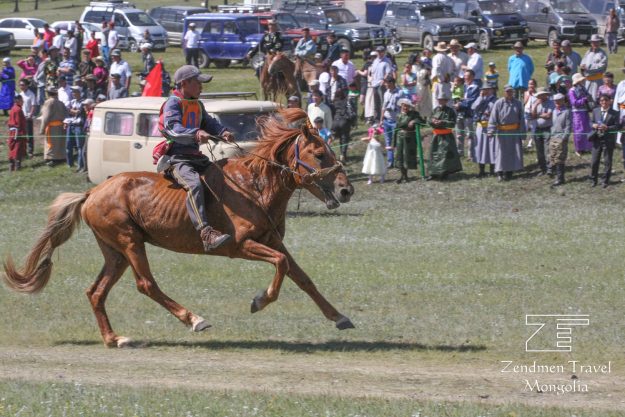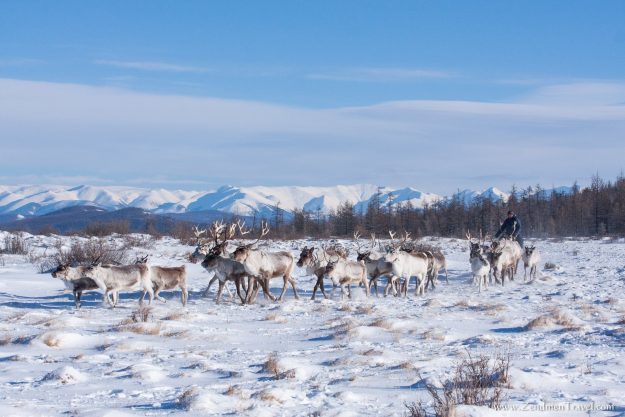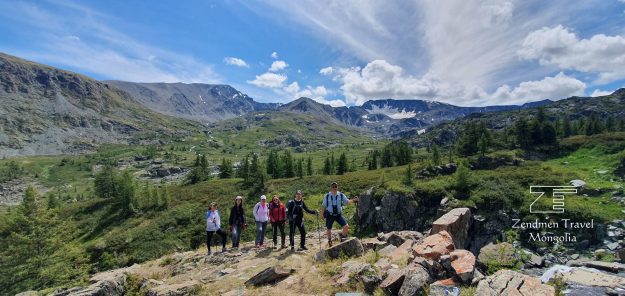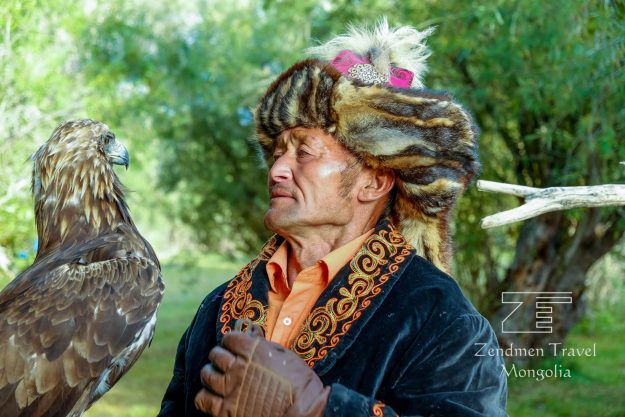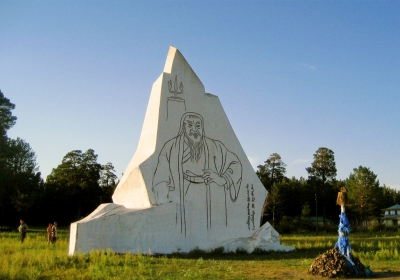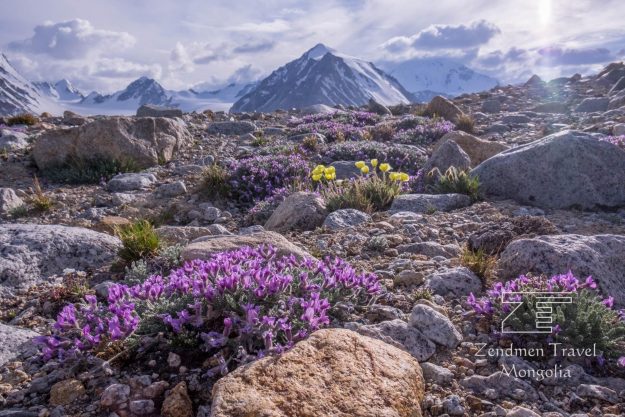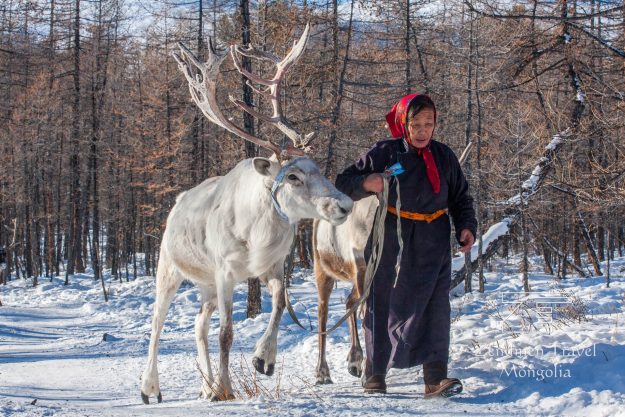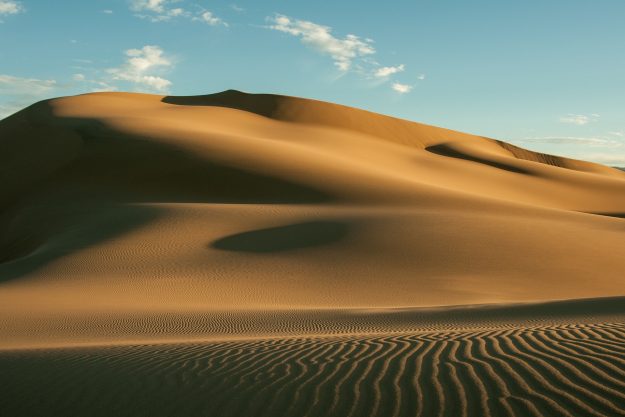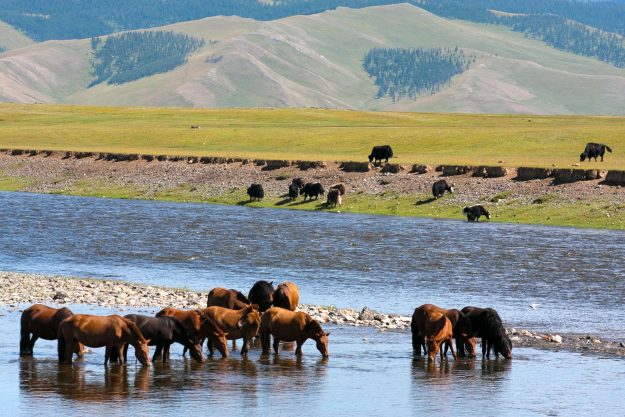Destinations and places you must see when you travel in Mongolia
Introduction: Naadam is a traditional Mongolian festival celebrated annually, showcasing the “Three Manly Games” – wrestling, horse racing, and archery. Rooted in nomadic culture, the festival highlights the skills historically essential for survival on the steppes. Wrestlers engage in intense matches, horse races cover vast distances, and archers display precision with traditional bows. Beyond sports,…
The Tsaatan, also known as the Dukha, are a small nomadic community residing in the northernmost regions of Mongolia, near the border with Russia. They are renowned for their traditional reindeer herding lifestyle and deep connection with nature. Here’s some more information about these fascinating nomadic communities: Lifestyle: The Tsaatan people have a nomadic lifestyle,…
If you visit Mongolia in the summer (June to August), you can expect to see some stunning natural landscapes, experience unique cultural events, and enjoy a range of outdoor activities. Scenery Mongolia is a beautiful country with diverse landscapes, ranging from rolling hills and vast grasslands to towering mountains and sweeping deserts. During the summer…
The Golden Eagle Festival is an annual celebration of the ancient tradition of eagle hunting in Mongolia, and it takes place in the Western Mongolian province of Bayan-Ölgii. There are a few different festivals and the largest one is held during the first weekend of October. During the festival, eagle hunters from across Mongolia gather…
Eastern Mongolia Eastern Mongolia is one of the wild and most untouched region in Mongolia. One of the main tourist attraction of Eastern Mongolia is that is A Birthplace of Genghis Khan. World’s Largest Steppe – Menen The largest flat plains of Mongolia are in the most east part of the country. The slope of the…
In Mongolia, the provinces (or Aimags) of Bayan-Ugii, Khovd, Uvs, Gobi-Altai, and Zavkhan are considered as western regions. Even though it is the furthest region of the country, provinces are accessible by paved roads from Ulaanbaatar, the capital city. Western Mongolia has a long history and is also Mongolia’s most ethnically diverse region. For some,…
The Northern part of Mongolia is the most traveled destination among locals and tourists. The highlight of Northern Mongolia, an alpine region bordering the forests of Siberia, is pristine Khuvsgul Lake, known as Mongolia’s “dark blue pearl” and Darkhad valley – there are over 200 lakes surrounded by high mountains covered with forest and extensive…
The Gobi Desert in southern Mongolia is well recognized for being a unique habitat and the home of the dinosaurs. The Gobi is the nation’s most fascinating region and you are welcome to discover its secrets. This region is well-known for its distinctive natural formations and flora and fauna that are exclusive to this area.…
Geography of Central Mongolia Central Mongolia is the most popular destinations in Mongolia. It is where most visitors begin their adventures, since it’s closer to Ulaanbaatar. And many recommended tour attractions, including natural landscapes, national parks, historical sites, ancient ruins, burial monuments, monasteries, and religious sites, are found in Central Mongolia, making this region a must-see…
Altai Tavan Bogd National Park Altai Tavan Bogd national park has some of the most stunning scenery in Mongolia with towering mountains, glacier, deep lush valleys, and freshwater lakes. It sits in the westernmost region, bordering Mongolia with its two neighbours Chine and Russia. The name of the national park literally translates to “Five Saints…

